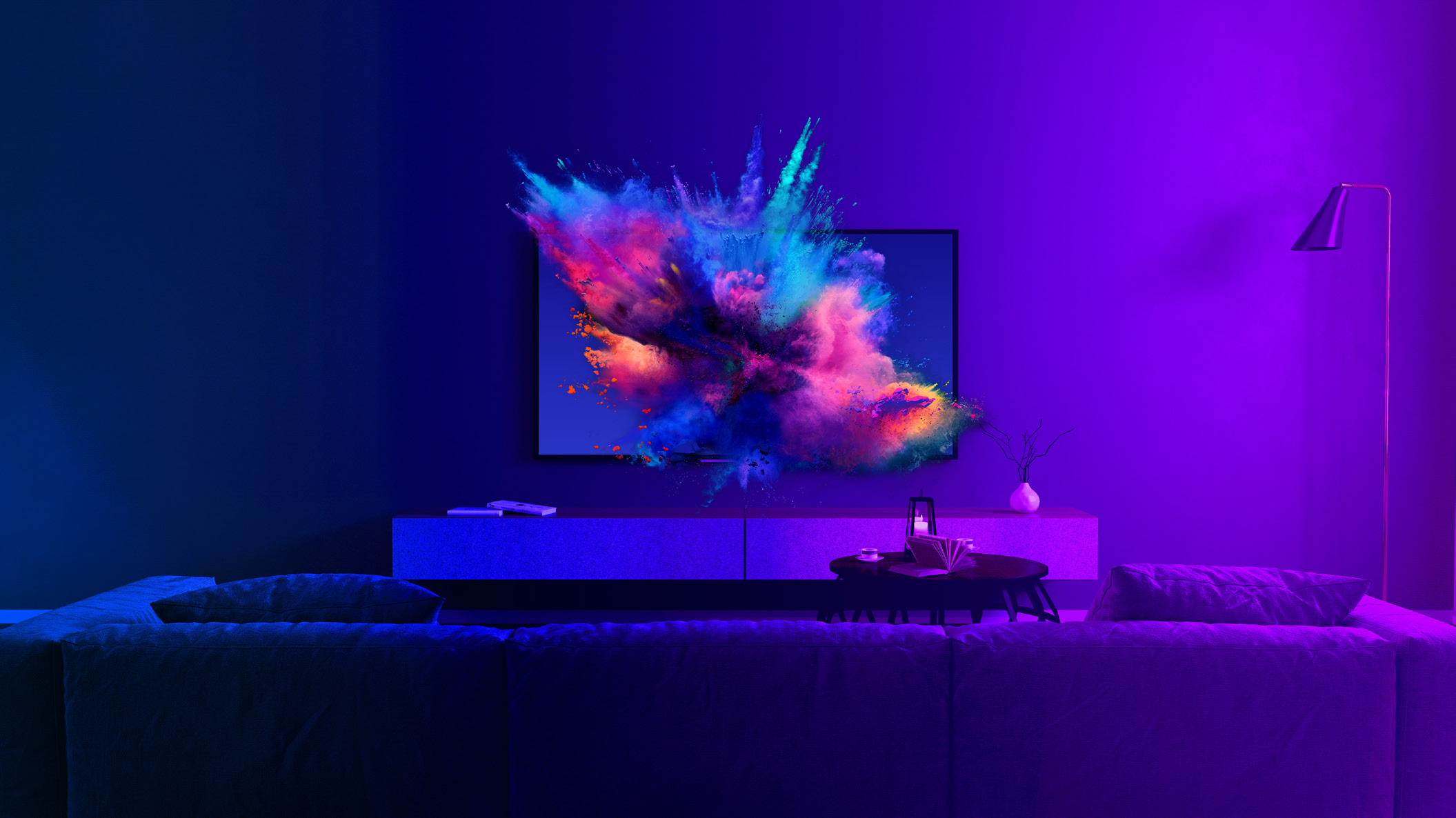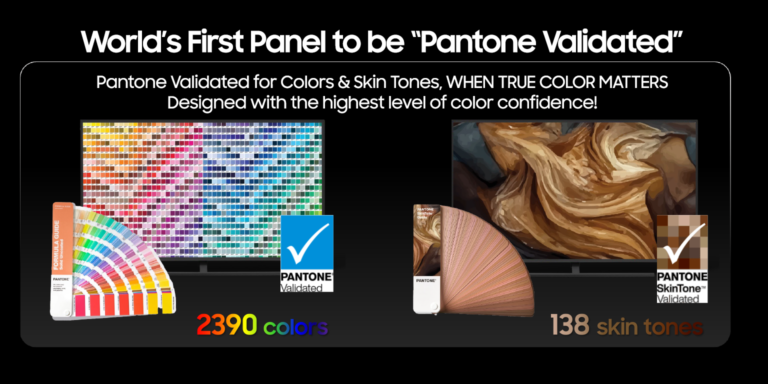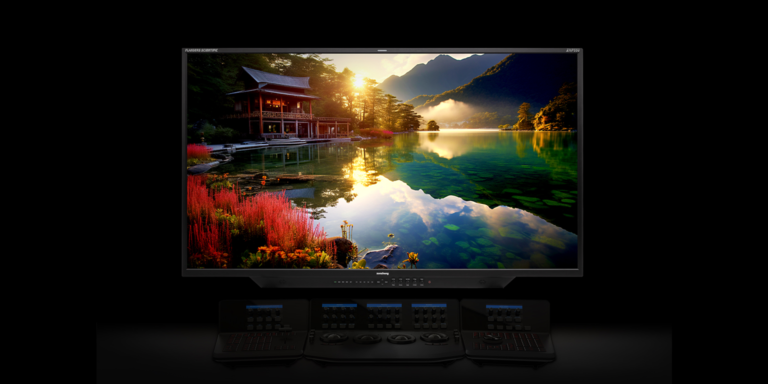

How HDR is Changing Streaming
What is HDR TV? Find out how HDR technology is shaping the way for better streaming and why you should demand HDR from your TV and streaming service.
How HDR is Changing Streaming
The innovation of high-dynamic-range (HDR) technology has changed how we experience streaming and home entertainment services.
Today’s viewers can consume themselves in technology that delivers on brightness and illumination – allowing the colors and higher level of contrast to create a much more realistic and enjoyable experience.
Gone are the days of lifeless TV screens. HDR content is changing streaming services as we’ve never seen before.
What is HDR?
HDR is a display feature supplying exceptional quality for viewers. HDR-capable displays generate dynamic luminosity range and vivid picture quality, making your overall viewing experience better than ever.
To watch HDR, you need an HDR TV and HDR-compatible content. Due to increasing demand, more HDR TVs are available and streaming services such as Netflix and Amazon Prime Video now offer HDR-compatible content.
When you shop for a new TV, you may notice an ‘Ultra HD Premium’ logo. This means that the screen offers the level of performance you need to get the most out of HDR.
HDR TVs commonly feature a 4K resolution – which describes the number of pixels – with built-in support for one or more HDR formats. Moreover, 4K without HDR won’t look as good or be as fun to watch.
When HDR is combined with this impressive resolution, whites look brighter, blacks look darker, and you’re able to see bright colors that make the movies come alive in your living room. To get the most of these, consumers must look for TVs with a 10-bit color depth. Older TVs provide an 8-bit color depth. As the range of colors and luminosity increases, a 10-bit color depth is critical to avoid the banding effect that occurs when the color shading can’t match the smooth, natural gradient and has to jump from one band to another. This unique combination of resolution, luminosity and color volume extends the range of contrast and color – making images appear with more depth and feel realistic.
HDR technology also offers a more natural and immersive picture output. For example HDR TVs can show the appearance and color of the setting’s features in a dark underground scene, such as textured walls and dimly lit tunnels. In contrast, a scene with a yacht on the ocean displays individual sunbeams regardless of the bright sunlit background.
HDR isn’t just for TVs; it’s on your phone, too. But TV HDR isn’t the same as the HDR photo technology in smartphone cameras. TV HDR works by expanding the TV’s contrast ratio and color palette to offer a more realistic, natural image than what was possible in the previous generation of HD TVs. Whereas, smartphone photo HDR combines multiple images with varying exposures to create a single image that mimics greater screen dynamic. Thanks to this technology, YouTube has introduced HDR videos.
What kind of technology is HDR?
New and advanced technologies appear every year to improve TVs and streaming. HDR is the latest growing technology to join the race, alongside HD, Ultra HD, 3D, and curved TVs.
Currently, there are five different types of HDR: HDR10+, HLG, Dolby Vision, and Advanced HDR by Technicolor. HDR10 is the most common form. When we went from standard definition to HD, screen sizes were a lot smaller and just adding additional pixels was enough to transform the overall picture. But now that screens are so much bigger, it’s not enough to add more pixels, as other aspects of the image have a more significant impact on the viewing experience.
All HDR is not the same. HDR streaming content can look very different on a budget HDR TV compared to a more advanced HDR TV, like one with QD-OLED. With some budget TVs, HDR can even look worse than non-HDR because of lack of brightness. It’s important to be careful about which brand of HDR screen you purchase, as different varieties and standards of HDR being used. For example, some cheaper LCD HDR screens struggle to display bright objects against sharply darker backgrounds, causing streaks of light to run down the screen or create halos around bright objects.
In terms of the technical specifications, a standard TV puts out around 100-300 nits of brightness, whereas an advanced HDR TV can deliver up to 1,000 nits of peak brightness. Because of this, HDR increases the contrast of any given TV image. Brightness, more than any other attribute, is what HDR TVs need to make pictures come alive. So if you’re in the market for a new TV, look for one that can deliver 1,000 nits to get the most out of HDR content. But brightness alone can be misleading. Some LCD technologies ramp up the brightness to overcome their inability to create true black. So, when looking for the best HDR experience, look at the peak brightness and the black levels. The wider the dynamic range, the better your viewing experience will be. The best performing TV will offer 1000 nits of peak brightness and 0.0005 nits of black. Very few platforms are capable of this level of performance, but the QD-OLED from Samsung is.
When it comes to color standards, HD TVs offer an 8-bit video specification known as Rec. 709 or BT.709. HDR steps up to 10- or 12-bit Rec. 2020, or BT.2020, representing 60 times more color combinations with smoother shade gradations — these are the standards defined by the ITU (International Telecommunications Union).
Why HDR matters when streaming movies
With HDR technologies improving every year, the streaming possibilities are endless — as long as you have a good internet connection.
If you’re using an HDR TV for streaming, particularly movies, you’ll need a broadband connection of at least 25Mbps to guarantee uninterrupted screen time. Although, if you’re streaming via Netflix, they use adaptive streaming that gives the advanced screen tech priority over resolution in the case of insufficient bandwidth.
Ultimately, streaming HDR content offers an enhanced viewing experience. Major 4K streaming services like Amazon Prime Video, Apple TV+, Disney+, and Netflix all have HDR content readily available. HDR is a visual treat for the eyes — designed to add a new level of dynamism to images compared to standard resolution. After watching HDR content, going back to standard-dynamic-range (SDR) can feel lifeless. The changes in picture quality are subtle yet highly significant, paving the way to enhanced streaming services for every TV and movie lover.



10 thoughts on “How HDR is Changing Streaming”
Comments are closed.